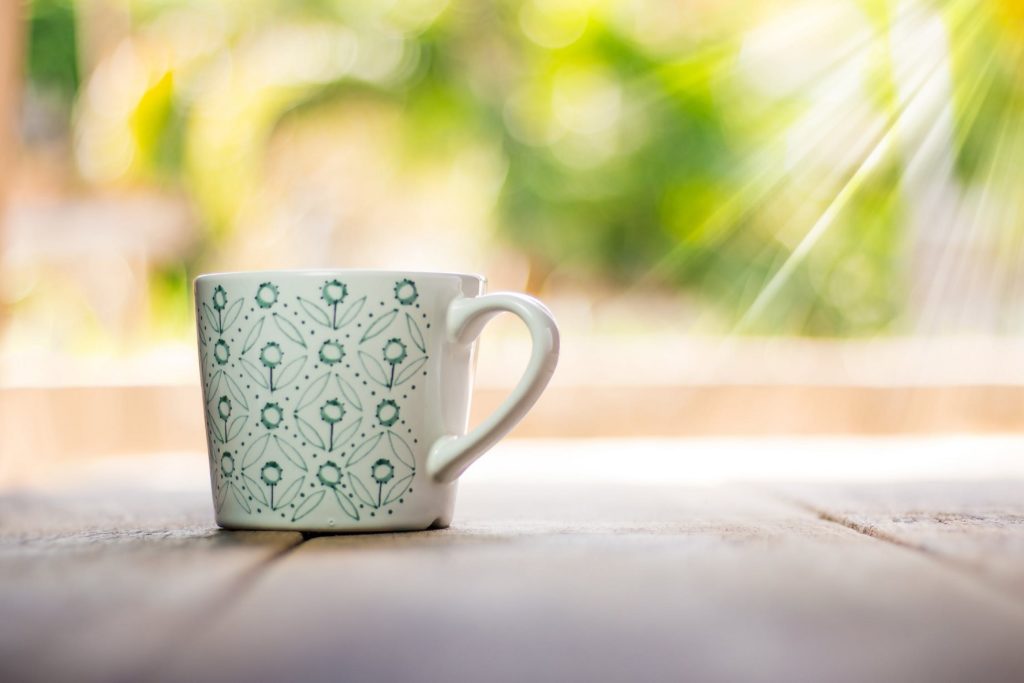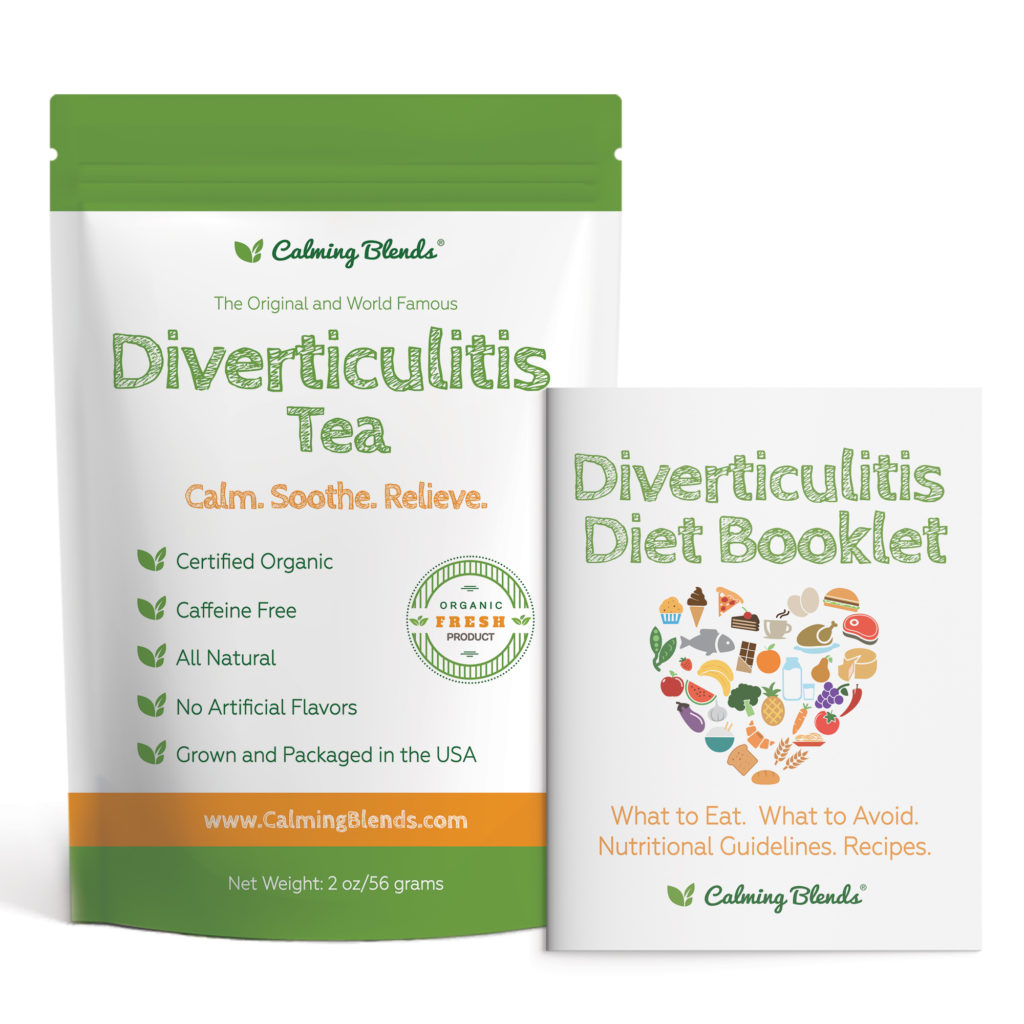The proper diet for diverticulitis sufferers focuses on dietary fiber. There’s a time for eating a diet with high fiber, and another time for eating low fiber foods for diverticulitis patients, and getting the timing right is key to managing and avoiding diverticulitis symptoms.
First, let’s clarify the two heads of diverticular disease. The first is diverticulosis, a condition where pockets or pouches develop in the wall of the colon. This condition is often attributed to a low fiber diet of mainly processed foods. The condition rarely occurs in people under 40, and usually has no symptoms. It’s the second head of this monster, diverticulitis, that creates the problems. Those diverticula pouches can become infected, creating symptoms including nausea and pain in the lower left abdomen.
While diverticulitis can be painful, it is often managed with a combination of antibiotics to stop the infection, along with a sound diet, which varies in fiber content depending on presence of symptoms.
During an active flare up, a diet for diverticulitis consists of low fiber foods. A physician may even recommend a no-fiber, clear liquid diet to give the gut a rest while it heals. Low-fiber diverticulitis diet could include foods such as yogurt, white bread, refined pasta, eggs, and pulp-free fruit and vegetable juice. The clear liquid diverticulitis diet will give the digestive system as much rest as possible, and could include the Calming Blends tea, vegetable broth, jello, and ice chips (to provide a little “crunchy satisfaction”). In some cases, the first course of action for the onset of a flare-up is to begin the clear liquid diet, then gradually add fiber as the symptoms disappear.
After following the low fiber or no-fiber diet for diverticulitis for a few days, it’s time to gradually work into a high fiber maintenance mode. This high fiber mode is technically not a diet for diverticulitis, but would more accurately describe a diverticulosis diet, or a diet to avoid diverticulitis.
A common recommendation for fiber intake for adults is 25 to 35 grams daily. This high fiber diet, along with plenty of liquids, will help keep stools regular and relatively soft. The high fiber mode of the diet for diverticulitis also helps prevent flare-ups or infections. High fiber foods include beans, legumes (peas & such), raisins, and whole grain products. Breakfast foods provide lots of high fiber options such as whole grain cereals, high bran cereals, and oatmeal.
The preventive, high fiber diet for diverticulitis is not difficult to maintain for most people who are conscious of it. It may be difficult at first, especially for those used to a low fiber diet that includes lots of red meat, but a little meal planning and selectivity in the grocery store will help get that 25-35 grams of fiber so important in a healthy diet for diverticulitis.


